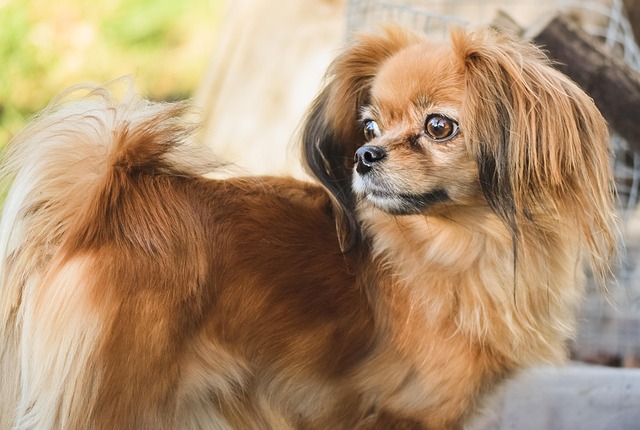
How do i train my dog to be obedient?
Watching your dog dart across the park ignoring your calls isn’t just frustrating—it can put them at risk near busy streets or public spaces.
Picture this: Your energetic Australian Shepherd, Luna, leaps over your sofa cushions like a furry Olympian while you scroll Instagram videos of dogs racing through tunnels. The temptation to start agility now is real—but rushing could harm her growing body. The golden rule? Foundations at 6 months, real equipment after 12-18 months. Let’s unpack why patience pays off for both safety and success.
Scientifically, agility demands joint integrity and impulse control. Puppies’ growth plates (soft cartilage near bones) don’t fully harden until 12-24 months. Jumping or weaving too early risks permanent damage, especially in large breeds like German Shepherds. Canine sports medicine studies show repetitive impact before skeletal maturity increases arthritis risk by 42%. Equally crucial is mental readiness: Luna needs solid "stay," "recall," and frustration tolerance before encountering distractions like crowds at a Denver agility trial. Starting foundation training at 6 months builds focus without physical strain.
Begin with flatwork: Use painter’s tape on your apartment floor to teach paw targeting and directional cues ("left/right"). Practice "go around" cones made from water bottles in quiet parks. For high-energy pups, teach impulse games like "wait" before tossing a toy—essential for future start-line stays. Around 10 months, introduce low-impact obstacles: A broomstick resting on flower pots for ground-level jumps, or a hula hoop held vertically for "through" practice. Never force fear: If Luna hesitates at a tunnel, reward proximity first. Apartment dwellers in NYC can use hallway "send-outs" between doorways to build drive.
Critically, agility training intersects with U.S. legal and cultural norms. Even during practice in public spaces like Seattle’s Marymoor Park, Luna must be leashed unless in designated zones—fines reach $300 for violations. Ensure her rabies/distemper vaccines are current (required for most clubs) and always clean waste immediately; Chicago’s Montrose Point issues $250 tickets for lapses. Culturally, positive reinforcement reigns supreme. Jerking leashes or scalling failures violates animal welfare ethics and gets you blacklisted at events like AKC trials. Apartment etiquette includes noise control: Avoid repetitive barking drills during quiet hours (check local ordinances). Remember: Only service dogs have public access rights—training agility in malls or cafes risks fines unless at permitted venues.
Ultimately, true agility readiness shows in body language. When Luna maintains eye contact amid squirrels at Austin’s Zilker Park and moves with confident coordination (not frantic scrambling), she’s ready. Start foundation classes at 6 months, but delay full-height jumps until your vet confirms growth plate closure via X-ray. Channel that puppy energy into trick training or scent games first—you’re building an athlete, not just a competitor.

Watching your dog dart across the park ignoring your calls isn’t just frustrating—it can put them at risk near busy streets or public spaces.

New puppy owners often find themselves rushing to clean up accidents before they set in, and that’s where puppy pad training becomes a game-changer.

If you've noticed your dog's waistline disappearing and your veterinarian has mentioned those few extra pounds, your first instinct might be to simply reduce the amount of food in their bowl.

Training a dog to use a designated spot indoors isn’t as daunting as many new owners fear, but it does take consistency and an understanding of your pet’s needs.

That moment of dread on a walk is all too familiar for many new dog owners. You see another dog approaching down the sidewalk of your neighborhood

If the sight of another dog on your neighborhood walk makes your heart sink as your own dog erupts into a frenzy of barking and lunging, you're not alone.